Bodidata's End-to-End Size Matching: The Search Engine for Apparel Fit
In the digital era, search engines like Google, Yahoo, and Microsoft Bing have transformed how we access information. They achieve this by...
6 min read
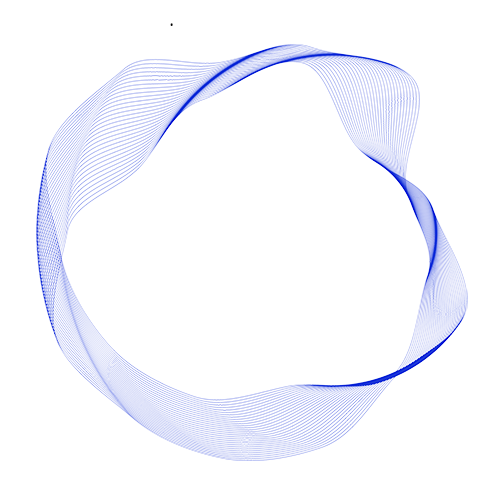 Bodidata
:
Mar 17, 2023 7:00:26 AM
Bodidata
:
Mar 17, 2023 7:00:26 AM
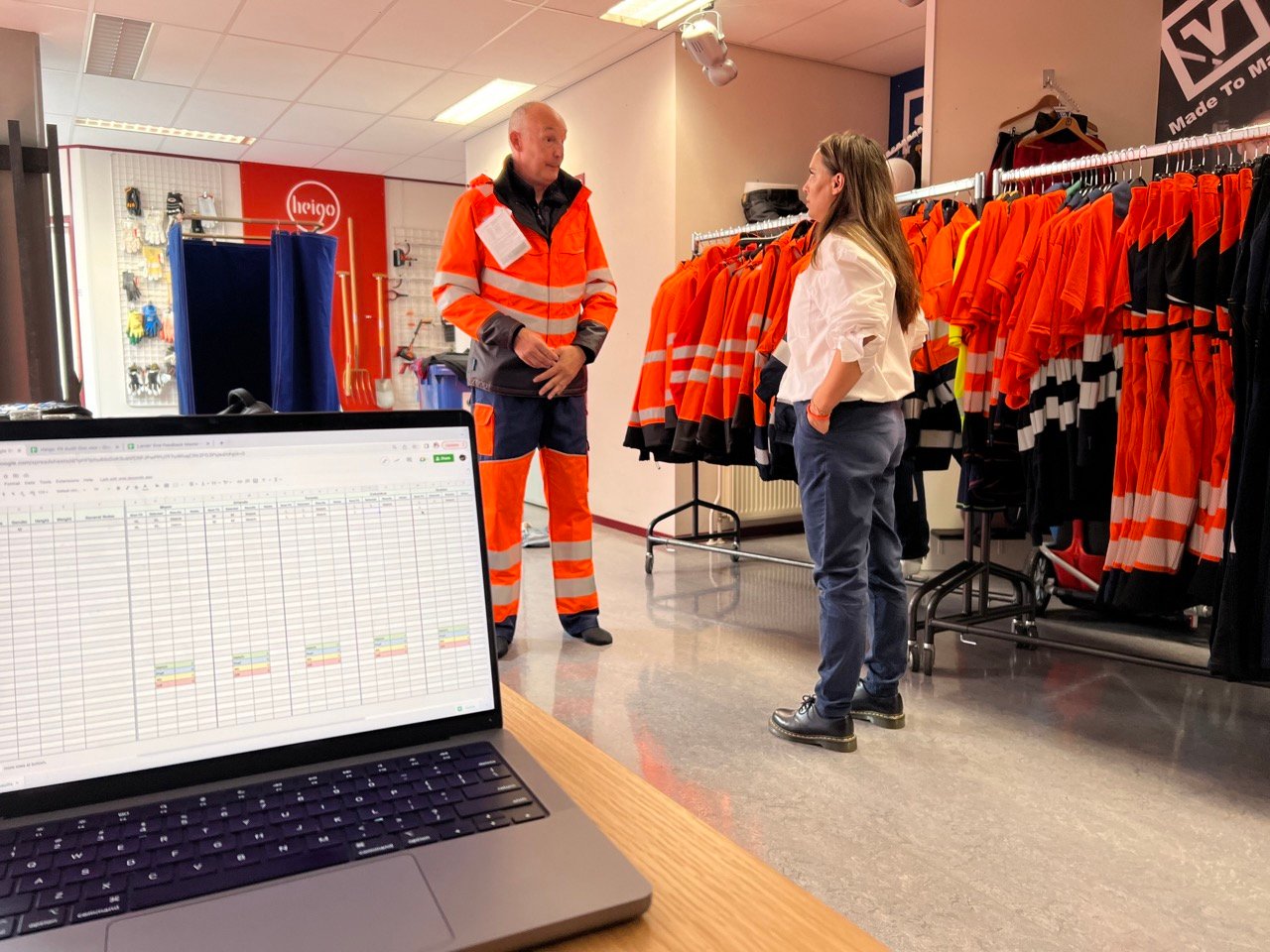
Bodidata® was created to solve the problem of matching the almost limitless number of body shapes and sizes to Ready-To-Wear (“RTW”) clothing that is always designed for a specific body shape of a different person’s body. Bodidata® has the industry’s best understanding of how to match real 3D body measurements to clothing.
In this interview, we get to understand what makes this technology a disruptive force in the uniform and apparel industry and how it can help businesses reduce costs and environmental waste.
Tell us about yourself and your journey with Bodidata?
I have a broad business and technology background and have worked in Silicon Valley for about 40 years now. I worked at a number of start-ups that were quite successful including a couple of them that I co-founded and were eventually acquired by Yahoo. I have also worked in a number of big tech companies like Oracle, Microsoft, and Yahoo – where I was the Senior Vice President of the Worldwide Search Division. I invest in and advise many technology companies in different sectors like e-commerce, cyber security, NFTs, AI platforms, and so on.
Bodidata® was founded in 2017. Our goal was not limited to developing the best 3D body measurement technology. Our vision was to have happy and satisfied end-wearers by matching different body shapes to the optimal sizes of RTW clothing and helping them understand why the recommended size was the best fit for their body shape and size. Our mission is not only based on accurate body measurement but also on the quality of the fit, thanks to our unique understanding of how each item drapes and fits critical parts of the body. When you use size-matching technology, there is a tendency for the wearer to think that they are going to get a custom fit, but that’s not the case. We are matching them against RTW sizes that are “off the rack”, not custom-fit clothing.
So our systems and technology accurately take the body measurements, skilfully match each unique body to the optimal RTW size, and manage each wearer’s expectations by showing them how that RTW size and style will fit different parts of their body. We don’t just say that this is the size that will fit your body, or it may be loose or tight. Instead, we interactively explain how the size and style of a pant will fit the waist, thighs, hip, and so on. We show how a larger or smaller size would fit differently over those parts of the body.
Given that Bodidata uses contactless technology, do you think the COVID-19 pandemic played a positive role in its adoption?
The need has always been there, not only for accurate, contact-free body measurement but also for a “size-matching” solution. The accurate measurement is necessary but not sufficient for good size-matching. But the pandemic has certainly accelerated the use of sizing technology.
The fact that our patented, award-winning Kora™ technology doesn’t require the individual being measured to wear or change into any type of form-fitting clothing is revolutionary. Other measurement technologies require people to change into form-fitting clothing. That’s not required with our Kora solution which extracts the actual body measurements of anybody in regular clothes. Besides, we also offer every other handheld 3D measurement technology available in the market, to satisfy every business need of our customers and their wearers.
In addition to that, the pandemic has raised health and environmental consciousness, bringing sustainability to the forefront. And the apparel industry ranks as one of the world’s most polluting industries where every second of every day, a truckload of clothing goes into the landfills or is destroyed because of returns.
“Every second of every day, a truckload of clothing goes to the landfills.”
This is mainly because of returns. If you consider e-commerce and apparel, you will find people are buying three sizes because they are not sure of their correct size and fit for a particular item and style. So they return two or even all three items if that style doesn’t fit their body shape. The reverse logistics costs associated with returns are what cause tremendous expense and enormous unnecessary ecological damage.
Companies are now being put under a spotlight with respect to their environment, social & governance standards, also known as ESG. An increasing number of customers are much more conscious of the issues and many large companies want to become B-Corporations to reflect their ESG commitment. The pandemic’s growth of online sales and returns exacerbated the returns and accelerated the need for improved ESG standards.
How do you foresee existing uniform businesses transitioning towards AI-enabled sizing-matching & how technologically prepared are they to adopt your solutions?
One aspect is their competitive need to improve processes and the other aspect is how to reduce the barriers for them to adopt this kind of technology. When we set out, we determined that we needed to solve the problem of being able to extract the body measurements of an individual while they are wearing their streetwear. Asking people to change clothing is a critical barrier.
An optical-based sensor cannot penetrate clothing so the clothing needs to be form-fitting. This means tight enough to reflect the contours of the body, without compressing the body into a different shape. With our Kora handheld scanner, we remove that barrier. As noted, for business models that want the alternative measurement solutions, we also provide those for home measurement, etc.
As a result, we give our uniform clients and their wearers every choice for easy measurement. And our integrated solution provides the best size-matching and helps wearers understand the fit before they receive their uniform. This avoids a situation where a wearer mistakenly returns an item that is the best fit for the RTW selection that is available to them. This dramatically reduces our customer’s costs.
We believe A/B testing, that compares the cost of traditional manual processes with technology like ours helps uniform suppliers see the transformational value of this technology. And we believe that testing, using a variety of complex uniform pieces on different body shapes, is critical prior to adoption. This is essential to validate that the technology being offered works as promised for all body shapes and uniforms designs.
Could you walk us through the idea behind creating a hand-held body scanning device and how the technology can be integrated with eCommerce solutions?
As noted, we are not just solving the body measurement problem – that’s necessary but not sufficient for a successful size-matching solution. It is essential to understand the clothing and how it fits. Our process creates a detailed Style Taxonomy to ensure we skillfully match each unique body to each clothing item.
When we started the company, we wanted to address the two problems with respect to body measurement, that we saw with the current state of technology. The first was the need for a true 3D solution. Not a 2D conversion to 3D using the estimation that occurred with the 2-photo solutions that we saw in the market at that time. The human body is 3D, and we wanted a genuine 3D measurement solution from the beginning. Second, we wanted to solve the problem that exists with any optical-based solution, that people in streetwear clothing need to change into form-fitting clothing.
Bodidata doesn’t only offer the Kora hand-held scanner measurement solution; we offer all the other handheld body measurement solutions including 2-photo, video using a phone with Lidar, and a self-measure predictive model.
Also, we offer a standalone size-matching solution called SizePass Pro as well as an SDK with APIs that can be integrated into different eCommerce offerings of our customers. Once again, we are focused on flexible solutions to satisfy different customer needs.
What percentage of the uniform industry has already adopted these solutions and what are the direct cost benefits associated with them?
It’s a low percentage right now because it’s a new technology. In terms of the costs, there are enormous savings that generate profits, not costs! The labor cost associated with traditional hand measurement and the associated errors can be saved. The costs associated with the creation of complete fit lines and their transportation, location rentals, and all associated venue costs are saved as are lodging costs for the army of tailors sent to measure and manually record recommendations.
And of course, the reverse logistics costs and excess inventory requirements of returns are enormous.
How does Bodidata’s huge data set aid in the technology’s accuracy?
Our detailed data set of over one million different individuals with different body shapes and ethnicities allowed us to develop predictive models used for our self-measurement solution. That solution is as accurate as any of our other body measurement solutions. And each time we scan somebody with Kora or our Lidar Video measurement solution, we create another 3D avatar that is added to our data set. Over time, a growing data set further improves a system’s accuracy. Our system is a living, learning system that improves the more it is used.
Besides the apparel industry which other industries you believe would benefit from this AI driven sizing solution?
Healthcare, insurance, and security can leverage our Kora body measurement technology. Let me provide an example. If you visit a doctor, the nurse will most likely take your height and weight. But imagine if a scanner could extract your body measurements, while you are fully clothed. Over time, the health care industry can use AI to correlate the millions of body measurements to health histories for early detection of health issues. There is a lot of research that shows body composition over time can provide early detection of health issues. Diabetes is a common example, but there can be many others.
Your closing thoughts for the industry?
I would say that history has shown that industries are often disrupted and transformed by technologies from outside their industry. Take for example how online bookselling by Amazon disrupted traditional book stores. This was followed by e-commerce in general which affected traditional bricks and mortar retail. In the same way, a comprehensive solution, with unique technology capable of scanning a fully clothed individual, with superior size-matching and wearer communication, will transform the uniform industry.
So, my closing thought is that uniform companies need to ride this disruptive wave of technology, and not be submerged by it.
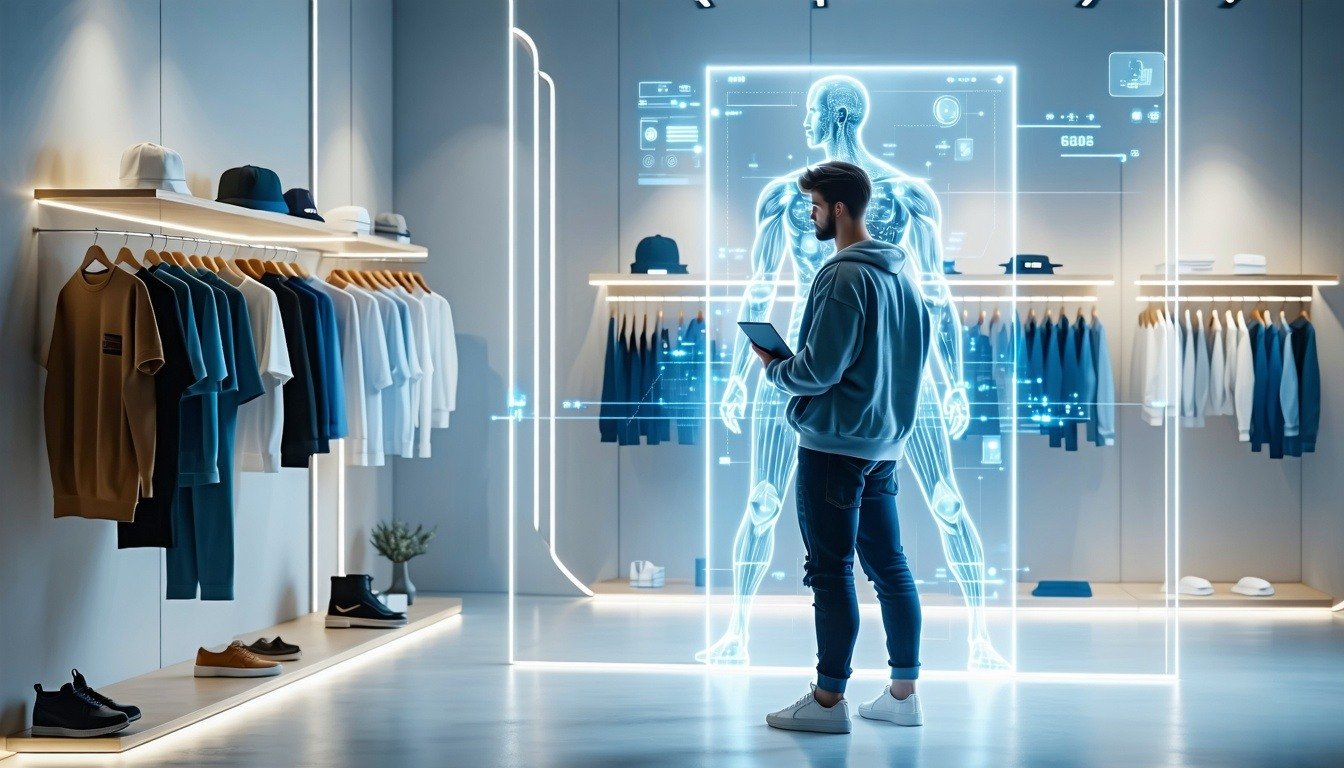
In the digital era, search engines like Google, Yahoo, and Microsoft Bing have transformed how we access information. They achieve this by...
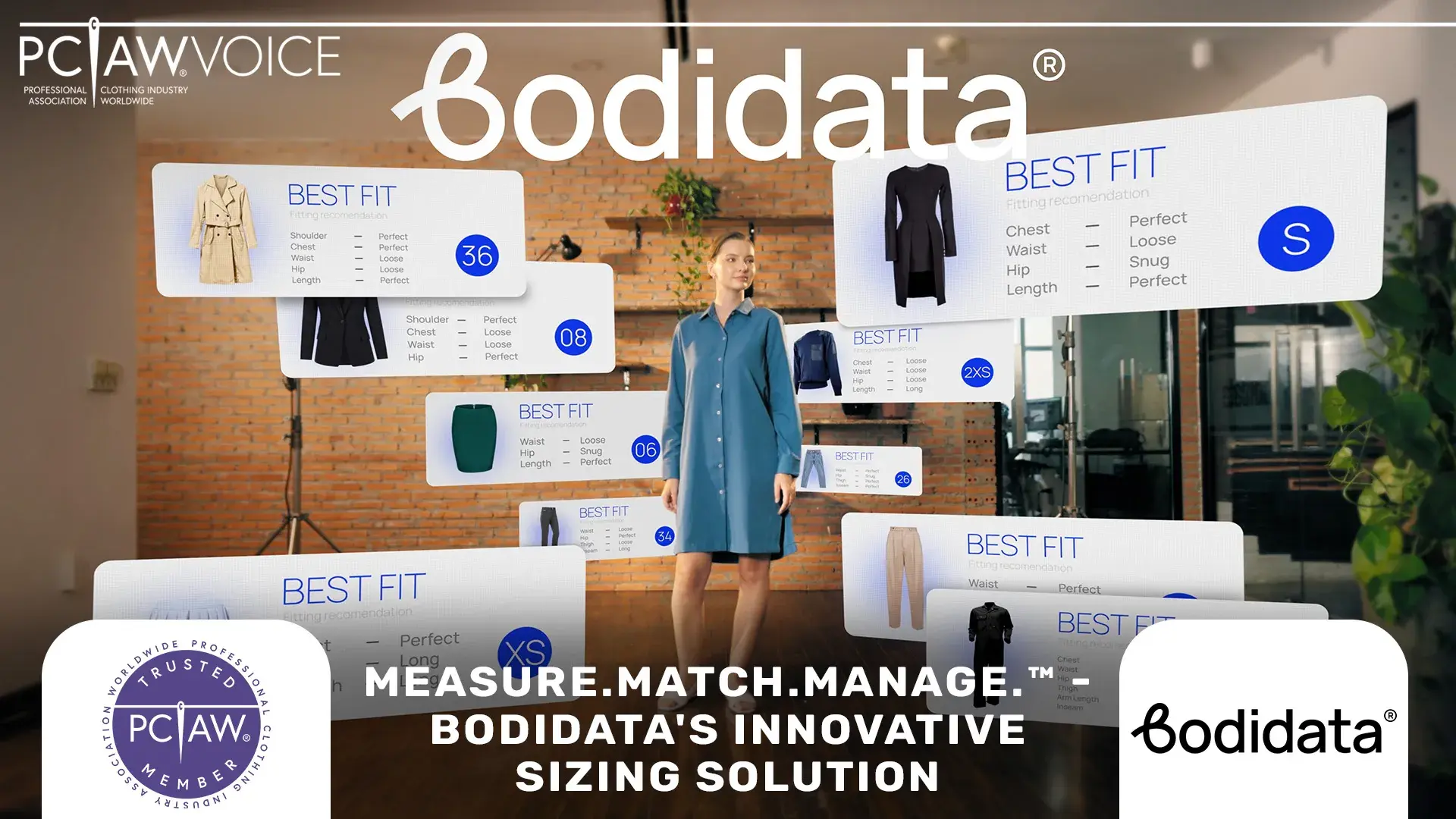
PCIAW published a great article on how we solve the complex problem of size-matching in the apparel industry for both uniform and retail...
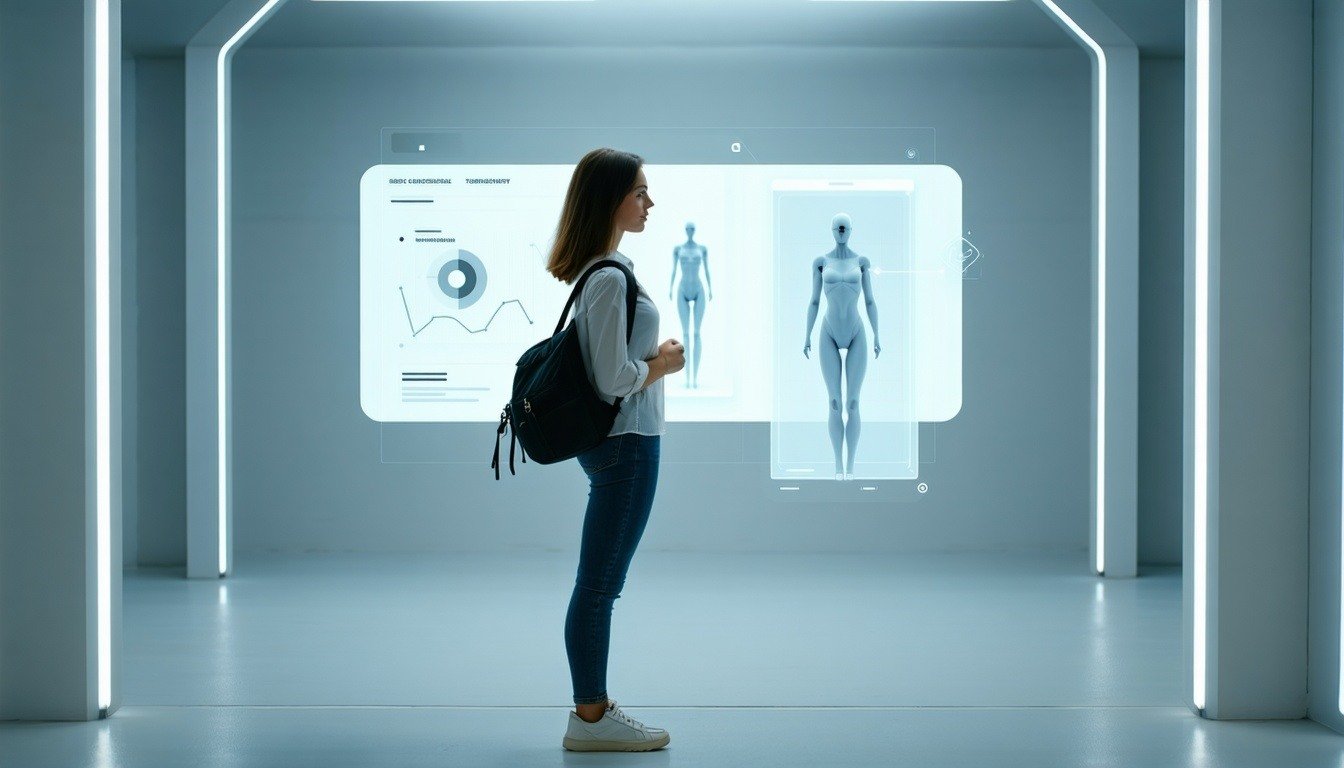
In the digital economy, data is everything. It’s the raw material behind targeted advertising, curated content, AI recommendations, and customer...